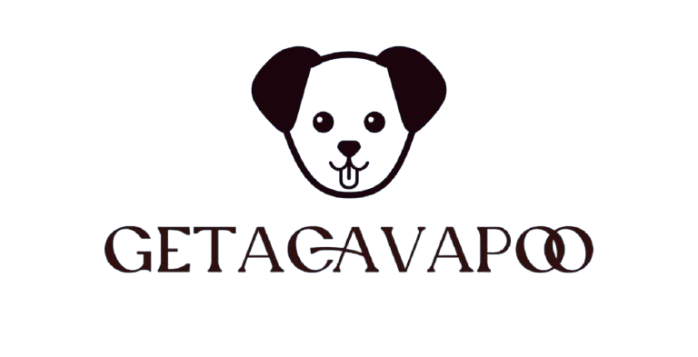About Puppies
How our Puppies are Raised
We use the Puppy Culture program to raise the puppies.





Other breeders may say they use it, but do your homework and make sure that they are actually familiar with it and are in fact using it. It is a very extensive program.
Part of the puppy culture program is using early neurological stimulation (ENS), which has been shown to make puppies healthier, more confident and more adaptable to new situations. There is a short window of time to do this that begins on the 3rd day of life and lasts until the 16th day. It is believed that because this interval of time is a period of rapid neurological growth and development, ENS is of great importance to the puppy. There are 5 exercises done with each puppy each day during this period. We have also incorporated parts of other curriculums and some of our own! Other things we do: 10 step handling exercises, car rides, fieldtrips, outdoor playtime, exposure to different textures (ice, bubble wrap, crinkly paper, etc), sound exposure.
We have also partnered with Baxter & Bella so that you can receive online and live one on one puppy training. You will receive a discount code from us.
Training puppies
The first 8 weeks of a puppy’s life is extremely important and will shape their future.

Factors
1. Crate Training
At the appropriate age we will begin introducing puppies to a crate. The puppies will have time alone each day in a crate to help them prepare for leaving their litter and crate training. This will also be very helpful when transporting your puppy.
2. Sights & Sounds
Puppies will be exposed to different sights, sounds, and textures. In addition to the normal noises of a home, classical music will be played on a daily basis. I also use an app that has sounds such as fireworks, sirens, bells, etc. This ensures that when you take your puppy outside or to new surroundings they won’t have issues and be afraid of new things and people.
3. Obedience
The puppies will be started on basic obedience. Starting obedience early on will make the puppies much better behaved, and easier for you to continue to train.
4. Grooming
Puppies will receive baths and be exposed to blow dryers and nail clippers to make future grooming experiences less stressful for them, and for you!
5. Socialized
The puppies will be well socialized and played with constantly. We have 3 children who love dogs, and they will be spending a lot of time with the puppies.
6. Potty Training
Puppies naturally want to be clean and separate their potty area from their eating, sleeping, and playing area. We keep their areas clean and separate, helping them potty train very quickly.
- Mini Cavapoos:
1. Size: Mini Cavapoos typically weigh between 10-18 pounds (4.5-8 kg) and stand 10-14 inches (25-35 cm) tall.
2. Coat: They have a low-shedding, curly or wavy coat that requires regular grooming.
3. Temperament: Mini Cavapoos are friendly, outgoing, and affectionate, making great family pets.
4. Intelligence: They’re highly intelligent and respond well to positive reinforcement training.
5. Energy Level: Mini Cavapoos have moderate energy levels, requiring daily walks and playtime.
6. Health: They can be prone to health issues like Mitral Valve Disease, Syringomyelia, and obesity.
- Maltipoos:
1. Size: Maltipoos typically weigh between 4-8 pounds (2-4 kg) and stand 8-12 inches (20-30 cm) tall.
2. Coat: They have a low-shedding, curly or wavy coat that requires regular grooming.
3. Temperament: Maltipoos are gentle, playful, and affectionate, making great companions for families and singles.
4. Intelligence: They’re highly intelligent and respond well to positive reinforcement training.
5. Energy Level: Maltipoos have low-moderate energy levels, requiring daily walks and playtime.
6. Health: They can be prone to health issues like Hypoglycemia, Patellar Luxation, and White Dog Shaker Syndrome. - Shared Factors:
1. Grooming: Both Mini Cavapoos and Maltipoos require regular grooming to prevent matting and tangling.
2. Training: Both breeds respond well to positive reinforcement training and early socialization.
3. Socialization: Both breeds thrive on human interaction and require early socialization to become confident companions.
4. Exercise: Both breeds require daily exercise, such as walks and playtime, to stay happy and healthy.
- Key Differences:
1. Size: Mini Cavapoos are generally larger than Maltipoos.
2. Energy Level: Mini Cavapoos have moderate energy levels, while Maltipoos have low-moderate energy levels.
3. Coat: While both breeds have low-shedding coats, Mini Cavapoos may have a slightly curlier coat than Maltipoos.
Preparation is Key
- Research, research, research: Learn about the breed you are about to adopt, its temperament, and needs.
- Understand the costs: Consider the expenses of owning a dog, including food, vet bills, and supplies.
- Prepare your home: Dog-proof your home by removing hazardous items, securing toxic substances, and blocking off areas you don’t want your dog to access.
- Lifestyle Considerations:
1. Time commitment: Maltipoos and Cavapoos require regular exercise, training, and attention.
2. Work schedule: Consider how you’ll care for your dog while you’re away at work.
3. Travel plans: Think about how you’ll care for your dog while you’re traveling.
- Allergies: If someone in your household has allergies, consider this before bringing home our puppy.
